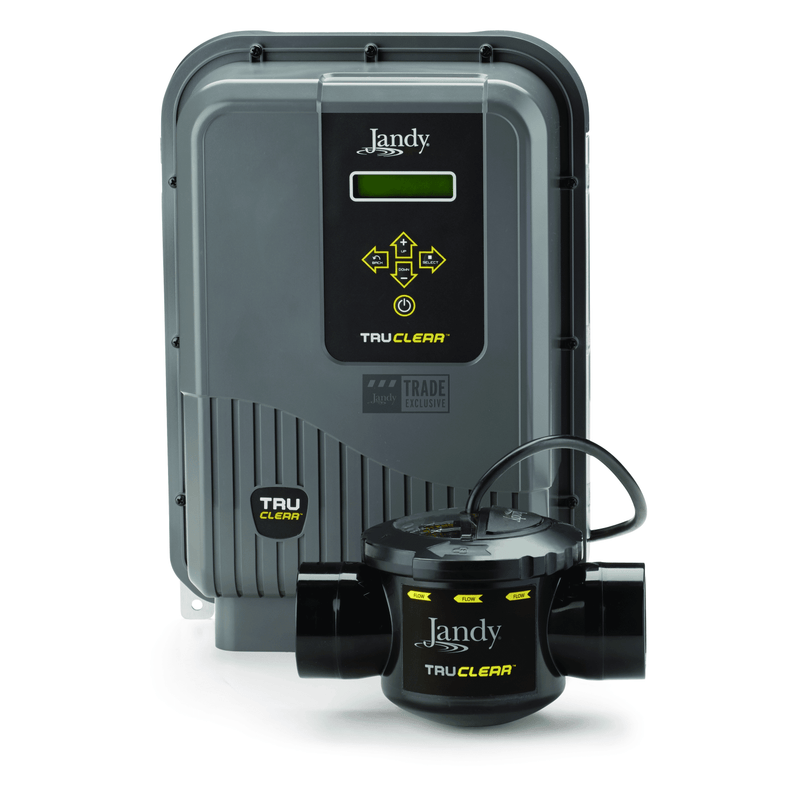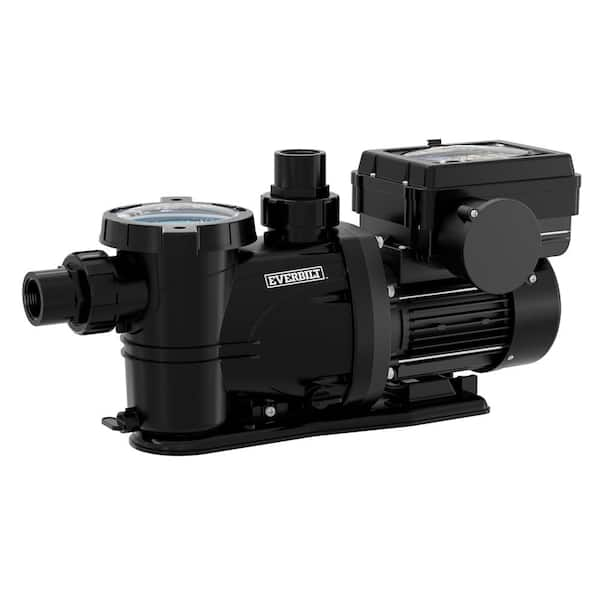Physical Address
304 North Cardinal St.
Dorchester Center, MA 02124
To clean an Intellichlor salt cell, remove it from the system and soak it in a diluted acid solution. Scrub the cell gently with a soft brush to remove any deposits.
Next, rinse the cell thoroughly with water before reinstalling it back into the system. Proper maintenance of your salt cell is essential to ensure smooth operation and longevity of your pool system. Regular cleaning and inspection can prevent build-up and extend the life of your Intellichlor salt cell.
Following these steps will help you maintain optimal performance and keep your pool water clean and sanitized. Now, let’s delve deeper into the importance of cleaning your salt cell and the benefits it can bring to your pool maintenance routine.
An Intellichlor salt cell is a crucial component of a saltwater chlorinator system.
Failure to clean the Intellichlor salt cell regularly can lead to several common issues:

Credit: poolproductscanada.ca
Learn efficient cleaning techniques for your Intellichlor salt cell. Tools and equipment essential for this maintenance include a soft brush, diluted acid solution, and gloves. Proper cleaning ensures optimal performance and longevity of your Intellichlor salt cell.
Tools and Equipment Ensuring your Intellichlor salt cell is clean is essential for maintaining the efficiency of your pool system. Before you get started with the cleaning process, gather the necessary tools and equipment. Required Supplies To clean your Intellichlor salt cell effectively, you will need the following supplies: – Soft-bristled brush – Water hose – Muriatic acid – Rubber gloves – Safety goggles – Plastic container – Nylon stocking Safety Precautions Prior to cleaning your Intellichlor salt cell, make sure to adhere to the following safety precautions: – Wear rubber gloves and safety goggles to protect your skin and eyes from harmful chemicals. – Work in a well-ventilated area to prevent inhaling fumes from the cleaning solution. – Handle Muriatic acid with care and follow the manufacturer’s instructions for dilution and usage. Now that you have gathered all the necessary tools and taken the required safety precautions, you are ready to clean your Intellichlor salt cell effectively.Also Read: How to Clean Rattan: Expert Tips and Tricks
The Intellichlor salt cell is an essential part of your pool’s salt chlorine generator and requires regular cleaning to maintain peak performance. Regular maintenance not only ensures the longevity of the system but also guarantees the production of high-quality, sanitized pool water. Below, we outline the step-by-step cleaning process to help you effectively clean your Intellichlor salt cell.
Before beginning the cleaning process, shut down the pool’s salt chlorine generator system. This will prevent the cell from operating while it is being cleaned, ensuring your safety during the maintenance process.
Carefully remove the salt cell from the system and inspect it for any excess buildup of scale or debris. Ensure there are no visible signs of damage or wear that may affect its performance.
Prepare a diluted acidic solution specifically designed for cleaning salt cells. Use a soft brush or sponge to gently scrub away any accumulated scale or deposits from the cell’s plates. Thoroughly rinse the cell with water after cleaning to remove any remaining residue.
Once the salt cell is clean, reinstall it into the system, ensuring a secure connection. After reinstalling, restart the salt chlorine generator system and monitor for any error codes or issues that may arise. This will confirm that the cell is functioning correctly after the cleaning process.

Credit: www.homedepot.com
While the primary method of cleaning your Intellichlor Salt Cell involves using acid, there are alternative methods that can be effective as well. These alternative methods can be particularly useful if you are uncomfortable working with acid or if you are looking for a less harsh option for cleaning your salt cell. In this section, we will explore two alternative cleaning methods: the use of high-pressure water and a vinegar soak.
The use of high-pressure water can be an effective way to remove mineral deposits from your Intellichlor Salt Cell. This method involves using a high-pressure water source, such as a pressure washer or a hose with a pressure nozzle, to spray water directly onto the cell. The force of the water helps to dislodge and rinse away built-up minerals.
Here’s how you can clean your Intellichlor Salt Cell using high-pressure water:
If you prefer a gentler cleaning method, a vinegar soak can effectively remove mineral deposits from your Intellichlor Salt Cell. Vinegar, with its acetic acid content, acts as a natural cleaning agent that can dissolve and loosen stubborn mineral deposits.
Follow these steps to clean your salt cell using a vinegar soak:
Discover effective maintenance tips for cleaning your Intellichlor salt cell. Keep your pool in top condition by regularly cleaning the salt cell to ensure optimal performance and longevity. Follow these simple steps to maintain your Intellichlor system and enjoy crystal clear water all year round.
A regular inspection of the IntelliChlor salt cell is essential to ensure its optimal performance. By inspecting the cell regularly, you can identify any signs of wear and tear, corrosion, or scaling, which may affect the efficiency of the cell. During the inspection, look for any buildup of calcium deposits or debris on the cell plates.
If you notice any signs of scaling, it’s crucial to take immediate action to prevent further damage. Simply cleaning the cell regularly can extend its lifespan and improve chlorine production. Regular inspections will allow you to catch any problems early on, avoiding costly repairs or replacements down the line.
Properly balancing the chemicals in your IntelliChlor system is vital for maintaining the salt cell’s lifespan. Having the correct pH level, total alkalinity, and calcium hardness will not only enhance the cell’s efficiency but also provide a safer swimming environment for you and your family.
Regularly test the water using a reliable pool water testing kit. Adjust the pH levels to the recommended range (7.4 to 7.6), total alkalinity (80 to 120 parts per million), and calcium hardness (200 to 400 parts per million) to avoid any potential damage or corrosion to the salt cell.
Remember that improper chemical balance can lead to scaling, corrosive damage, or inefficient chlorine production. By regularly monitoring and adjusting the chemical levels, you can ensure the overall performance and longevity of your IntelliChlor salt cell.

Credit: poolproductscanada.ca
Troubleshooting is an essential aspect of maintaining the performance of your Intellichlor salt cell. Regular maintenance and addressing potential issues promptly can prevent larger problems in the future. In this section, we will explore common performance issues and solutions for troubleshooting your Intellichlor salt cell.
To ensure the optimal functioning of your Intellichlor salt cell, it’s crucial to be able to identify any performance issues. Some common indicators of problems include:
When encountering performance issues with your Intellichlor salt cell, there are several troubleshooting steps you can take to address the problems:
Regular cleaning of your Intellichlor salt cell is vital for maintaining the efficiency of your pool’s chlorine generation system. By following the simple steps outlined in this post, you can ensure that your salt cell remains in optimal condition, ultimately saving you time and money in the long run.
Keep your pool clean and safe by taking care of your salt cell regularly.